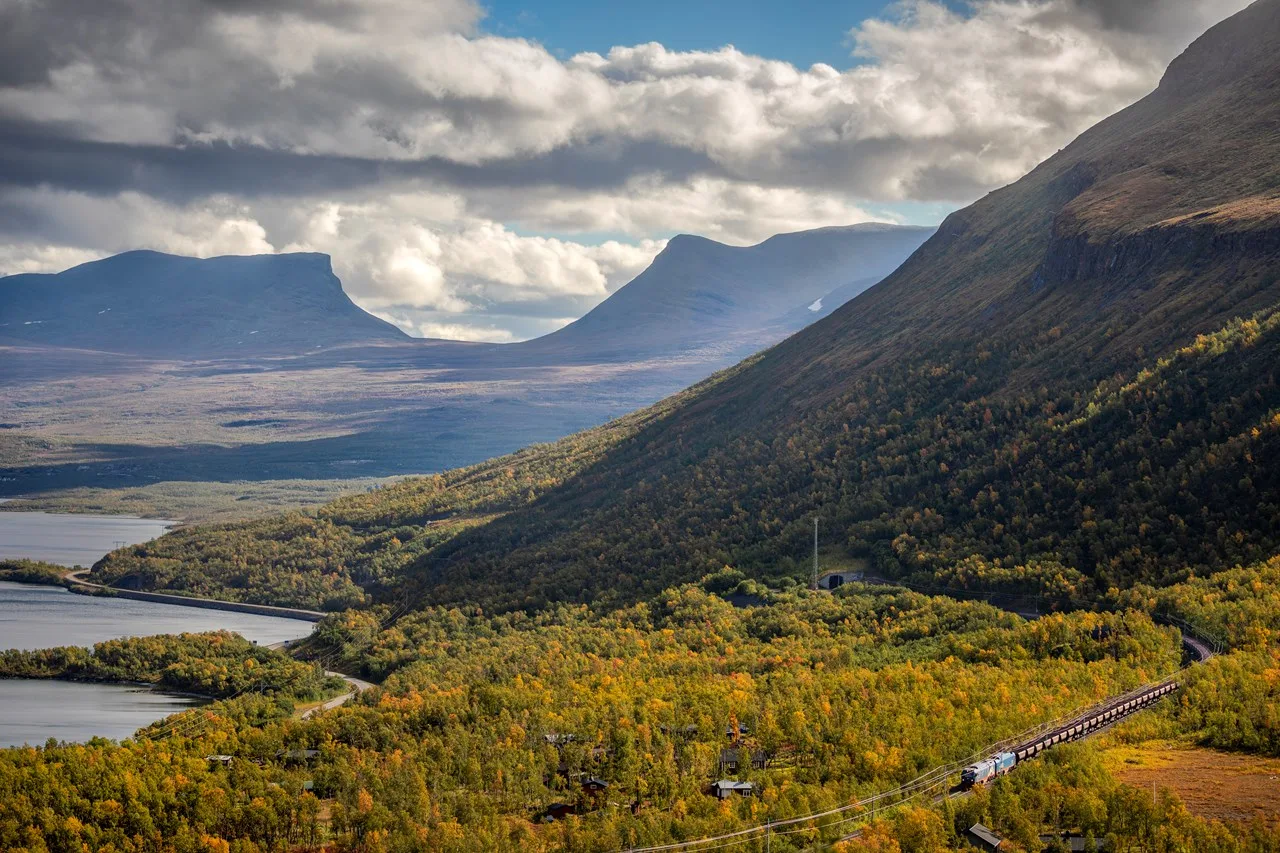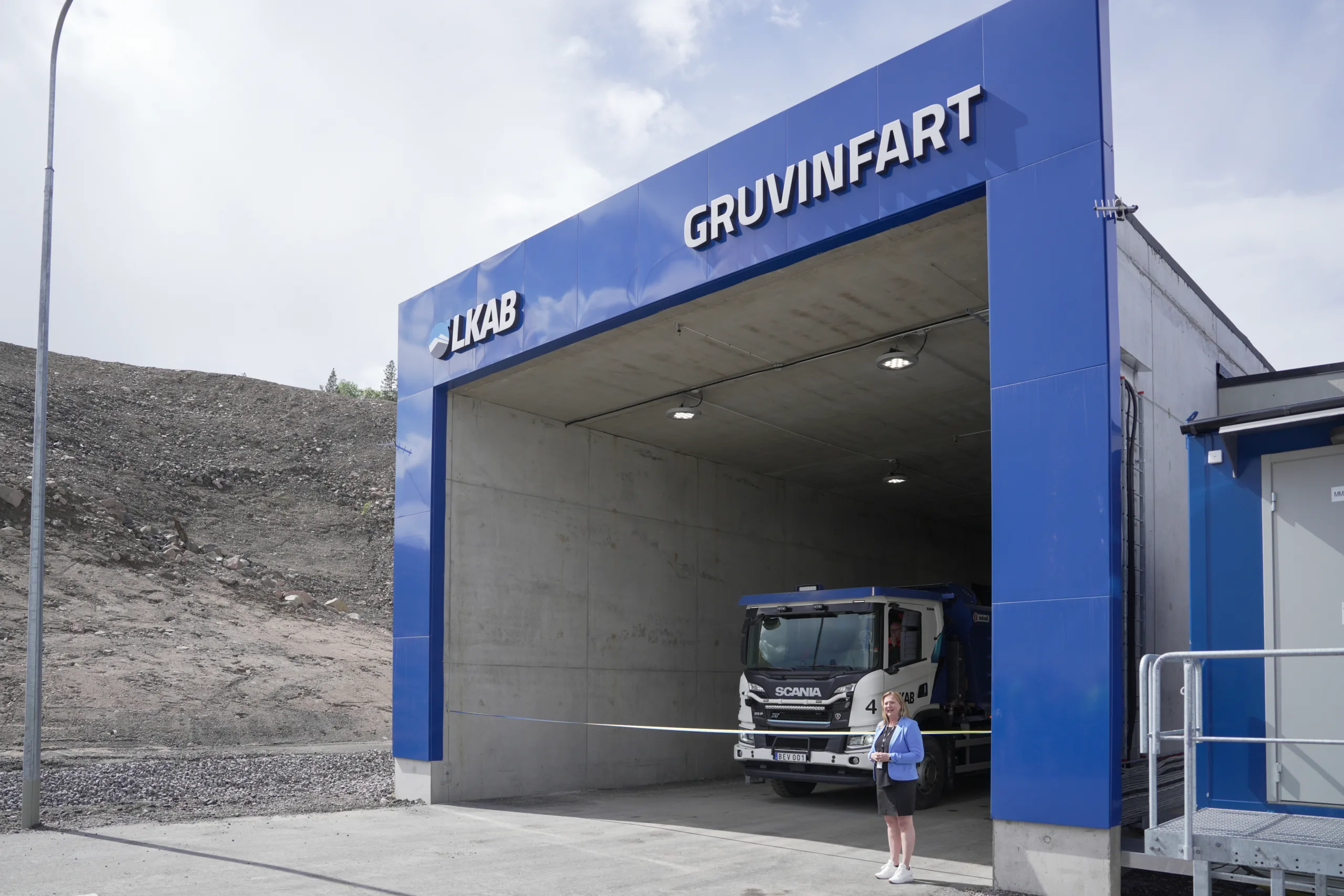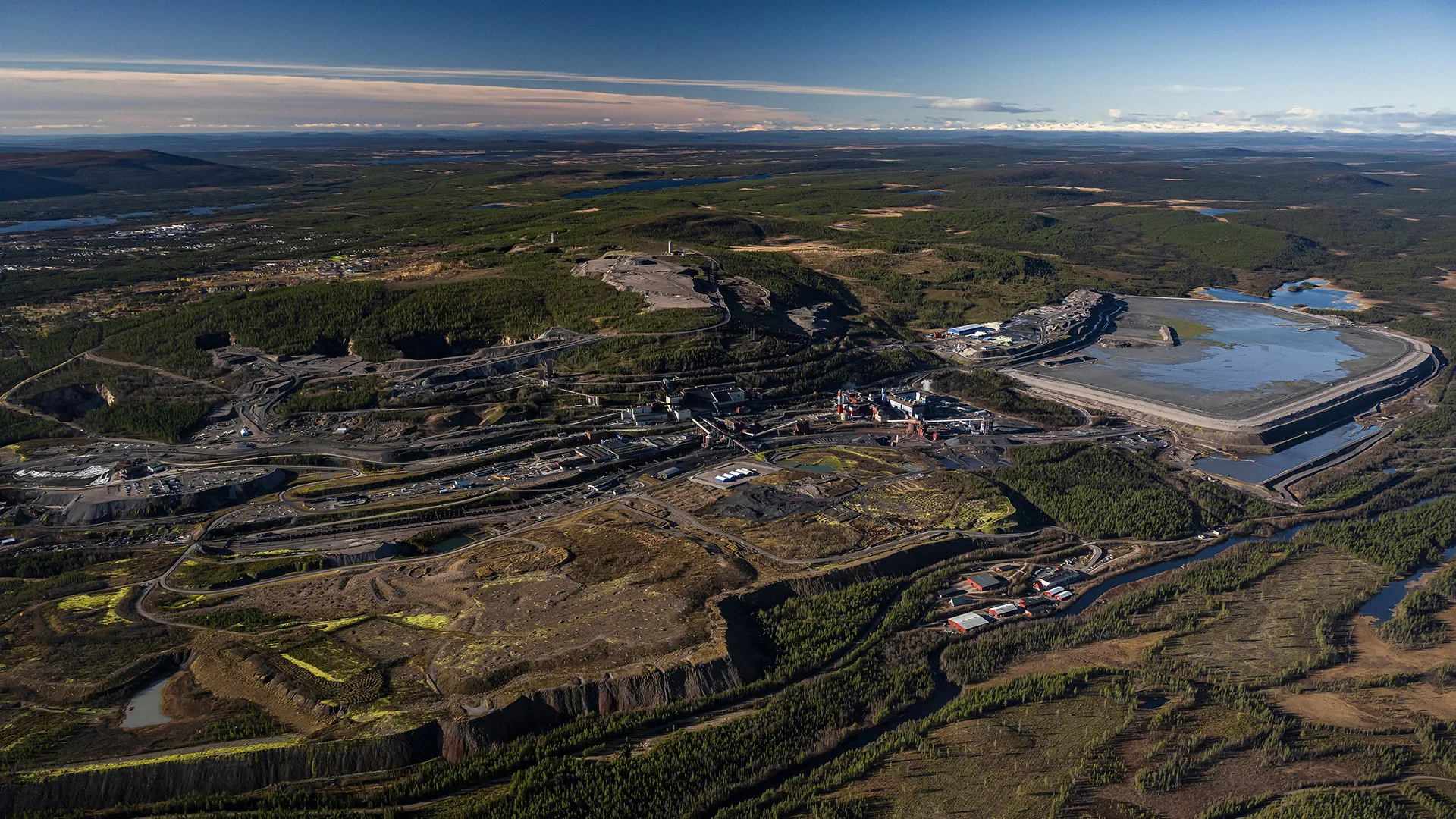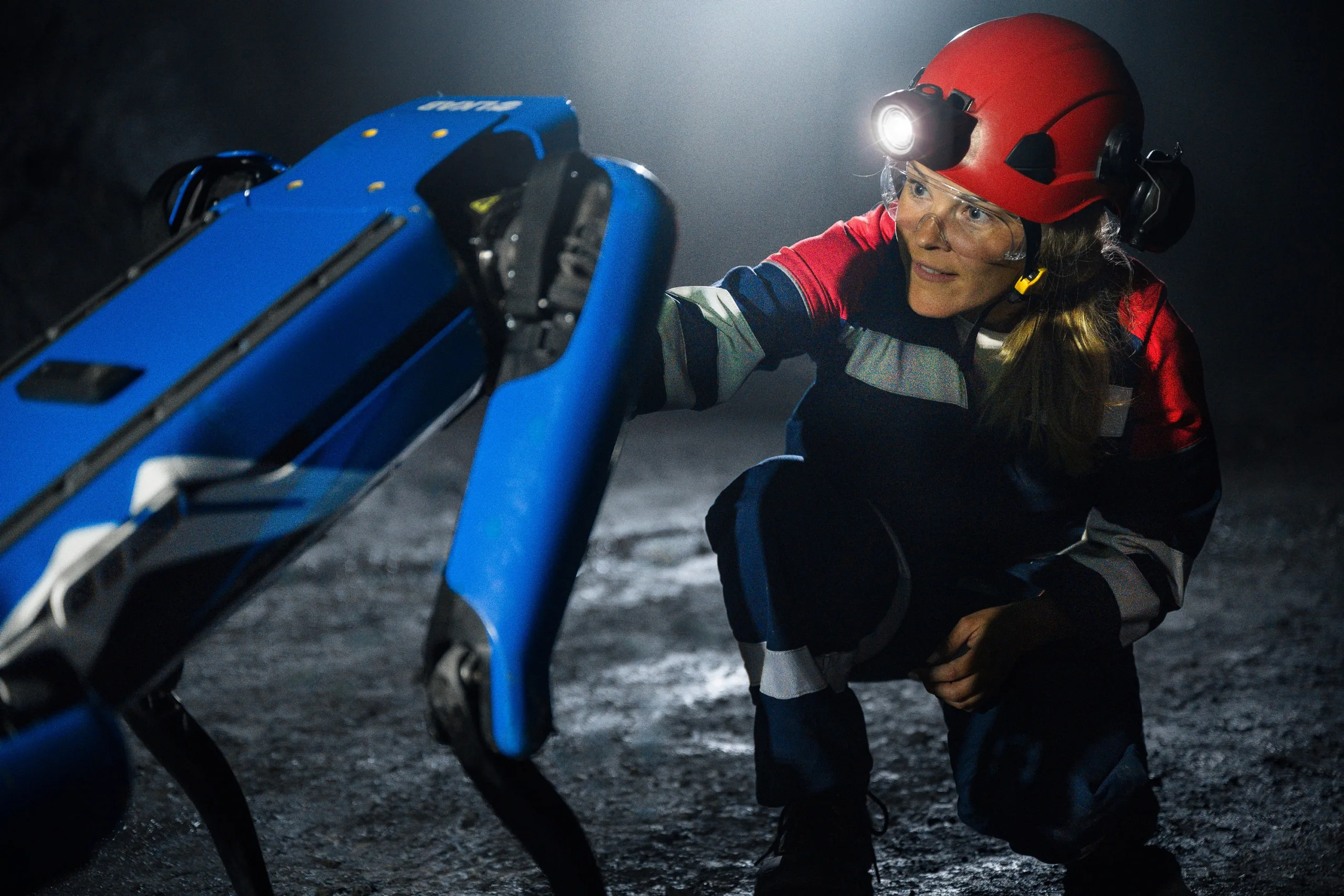Up to 3,000 new jobs and major investment in Malmfälten

LKAB's plan for the future entail extensive renovation and new construction of production facilities in Kiruna and Malmberget, as well as expansion of infrastructure deeper in the mines.“These plans will create thousands of new jobs during the transition phase and secure employment in the region beyond 2060,” says Grete Solvang Stoltz, Senior Vice President, HR and Sustainability at LKAB.
Historically, LKAB has met the challenge of moving deeper into the mines by producing more highly upgraded products. This happened when the company went from producing lump ore to fines and from fines to iron ore pellets. Now the transition from iron ore pellets to carbon-dioxide-free sponge iron is under way.“By shifting from iron ore pellets to carbon-dioxide-free sponge iron we increase the value of our products while at the same time giving our customers direct access to carbon-dioxide-free iron for steelmaking,” says Michael Palo, Senior Vice President Business Area Iron Ore.
The transition means many new jobs.“This type of shift takes time and a range of complex issues must be addressed. If we succeed, there will be many new business opportunities. Our own investments alone will create 2,000 to 3,000 new jobs during renovation and new construction over a period of more than 20 years. In addition, we will employ more people as we expand the operation,” explains Grete Solvang Stoltz.Work has already begun and will mean a hundred new jobs next year to meet the need for technological development, increased exploration and project planning. The major change will be seen after 2026, with the construction of new sponge iron plants in Kiruna and Malmberget.“We will have to build completely new sponge iron plants, revamp some of our existing pelletizing plants and expand underground infrastructure. By 2029 we expect to have the first sponge iron plant up and running in Malmberget,” says Michael Palo.
Continued production and delivery via today’s production systems will carry the investments that are necessary for competitive mining at deeper levels and creating a future for LKAB’s operations beyond 2060.“The transition requires very substantial investment amounting to some 10 to 20 billion kronor per year over a period of 15 to 20 years in LKAB’s operation alone. This can be compared with construction of the current main level in Kiruna, which was a one-off expenditure of 12.5 billion,” says Jan Moström, President and CEO.




